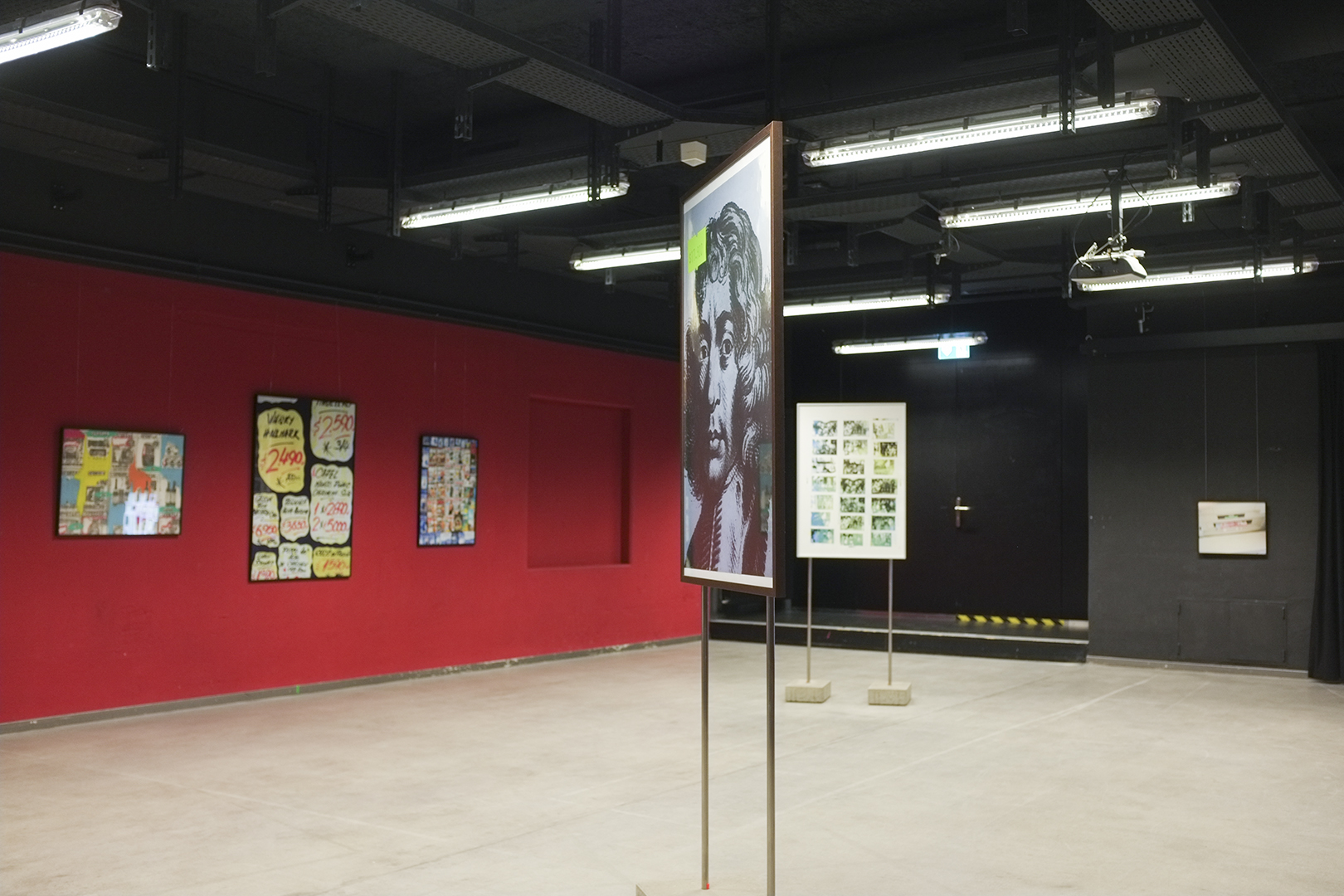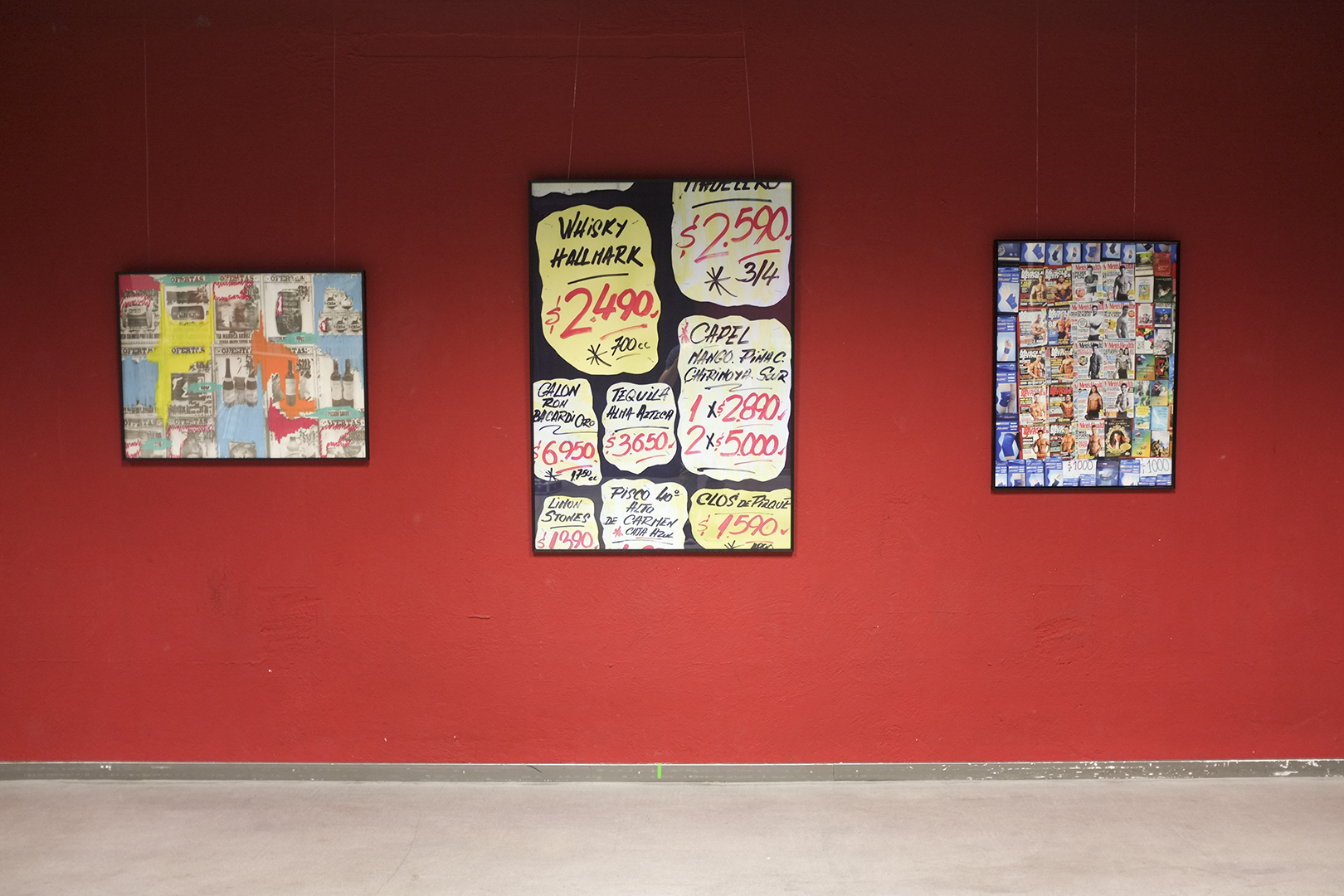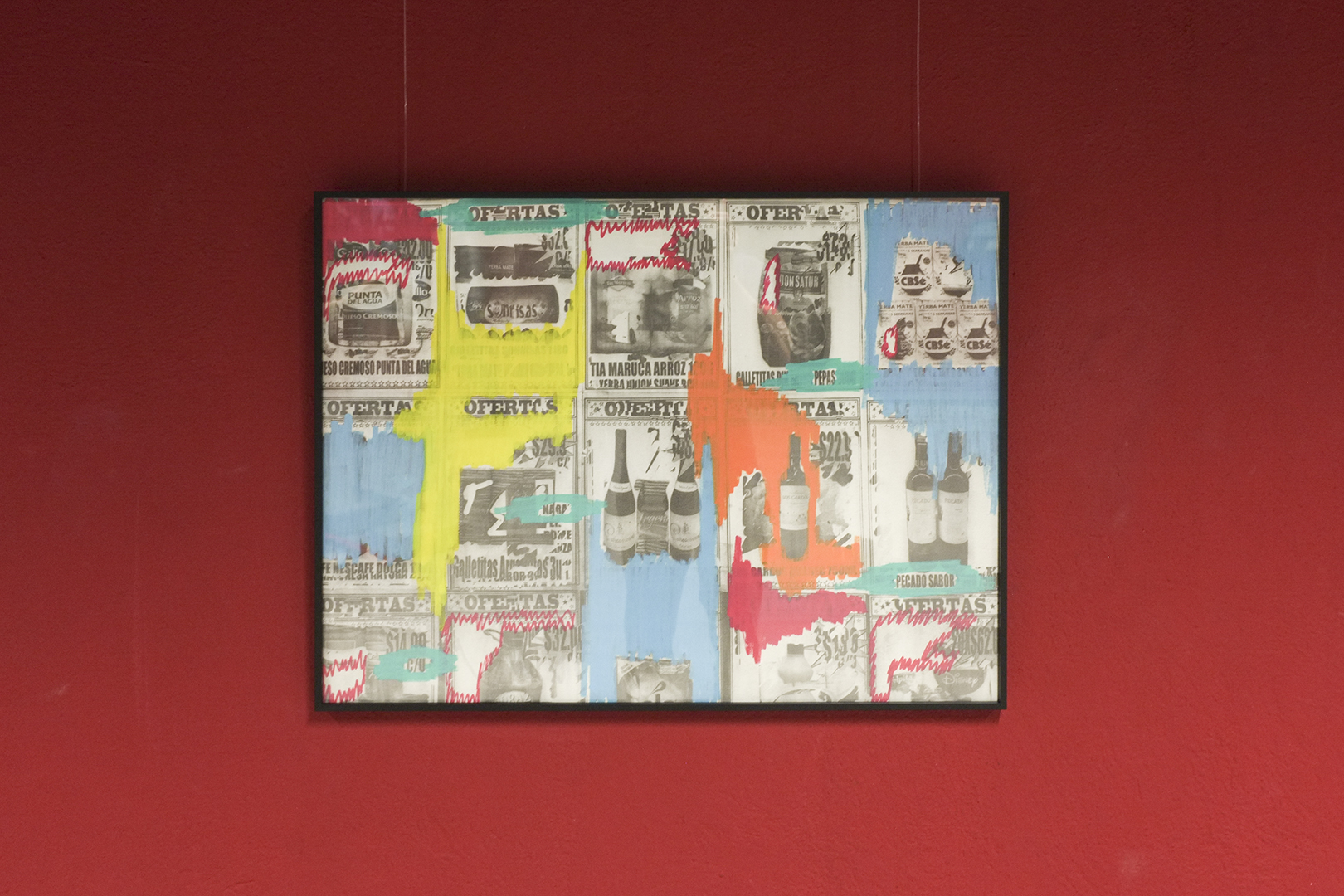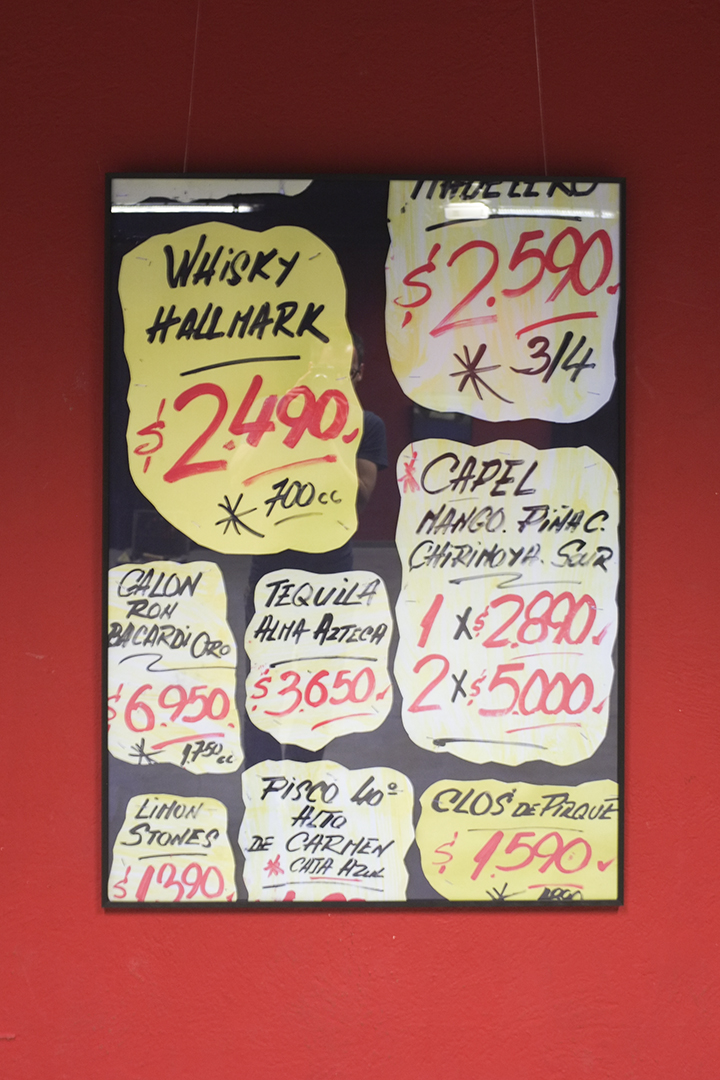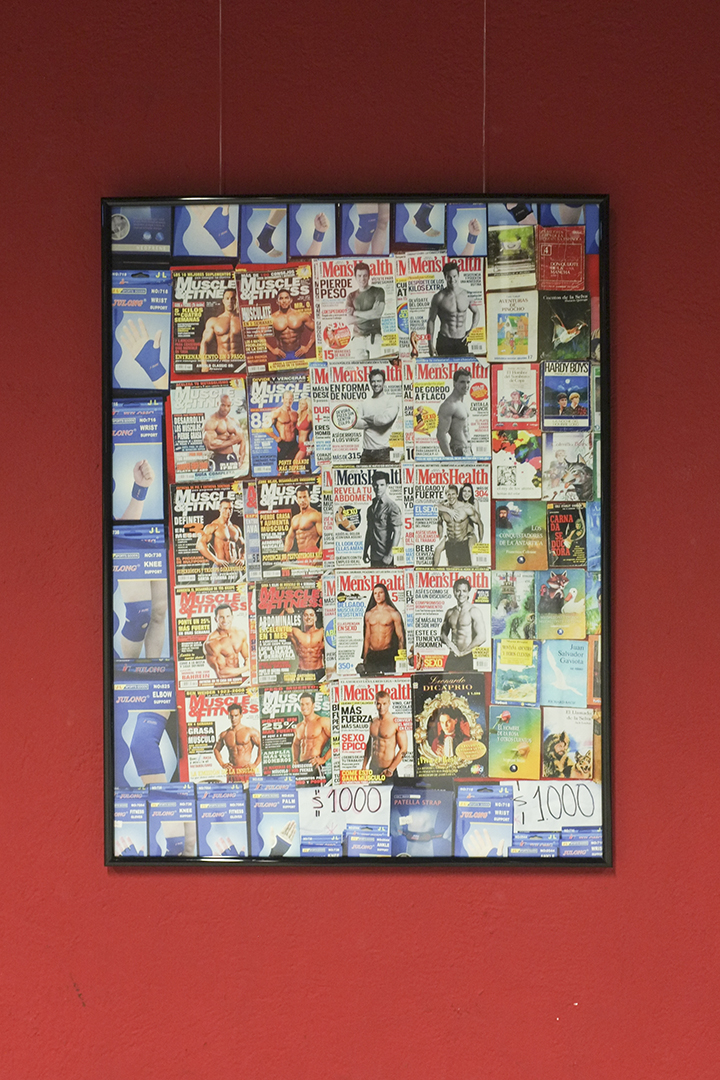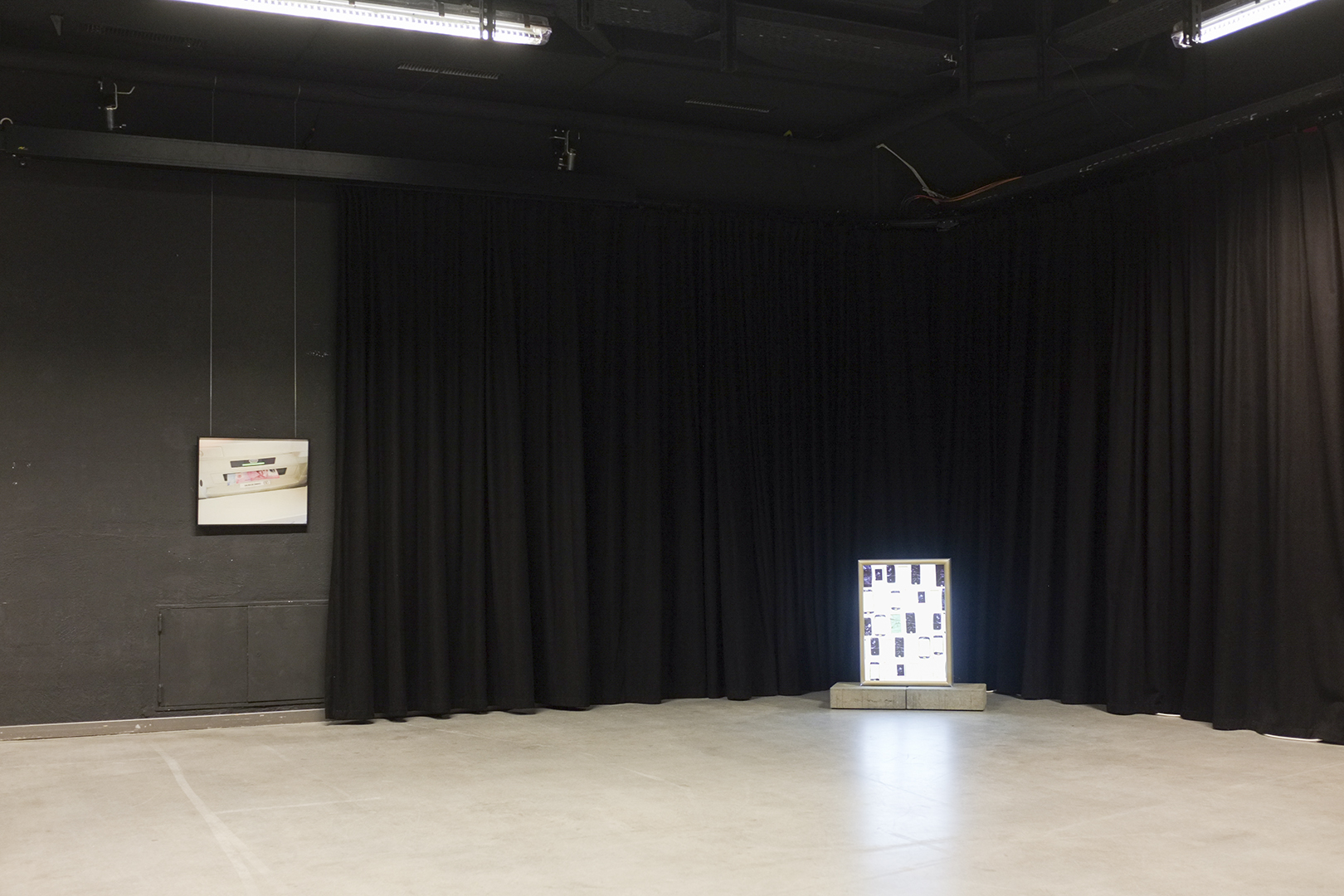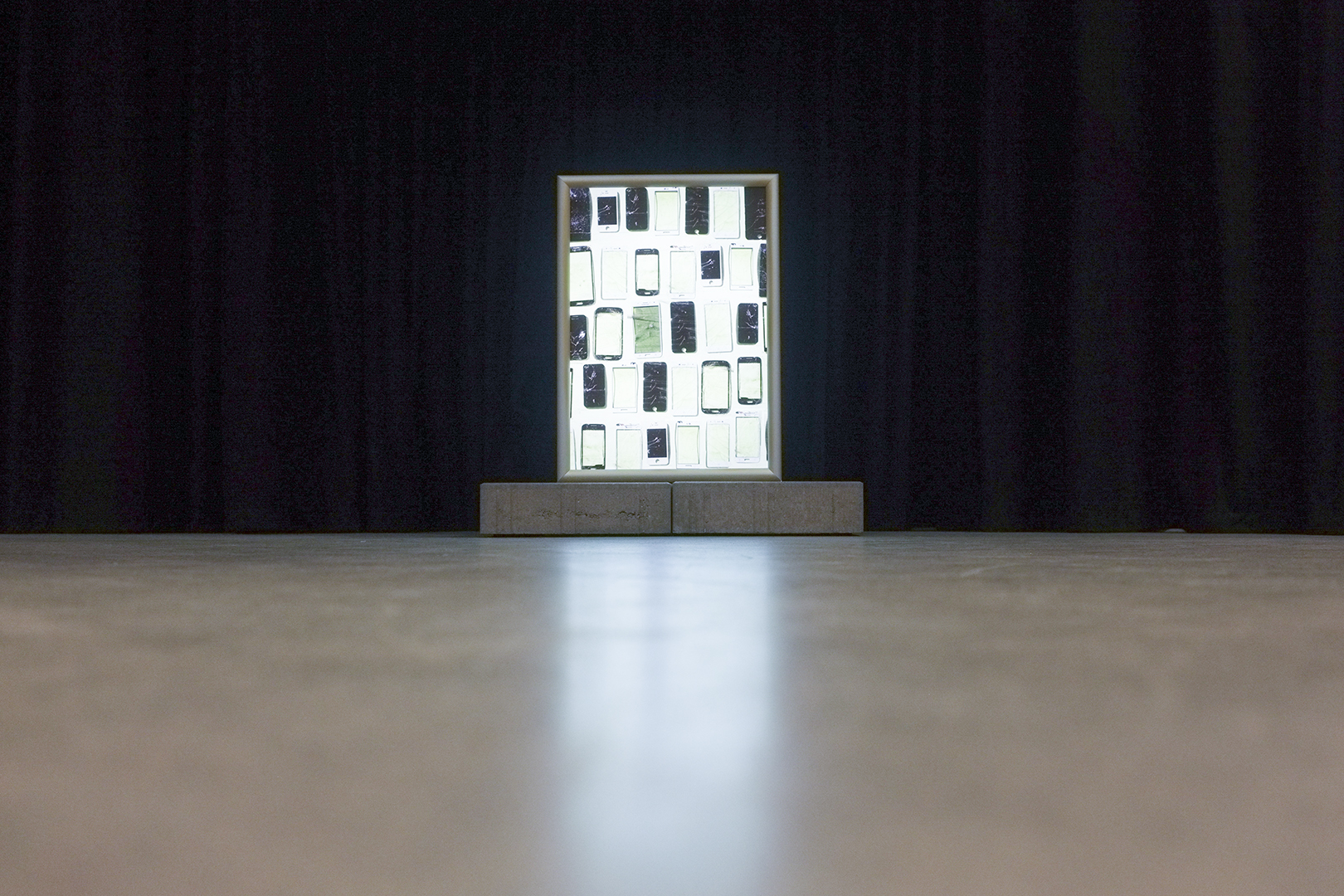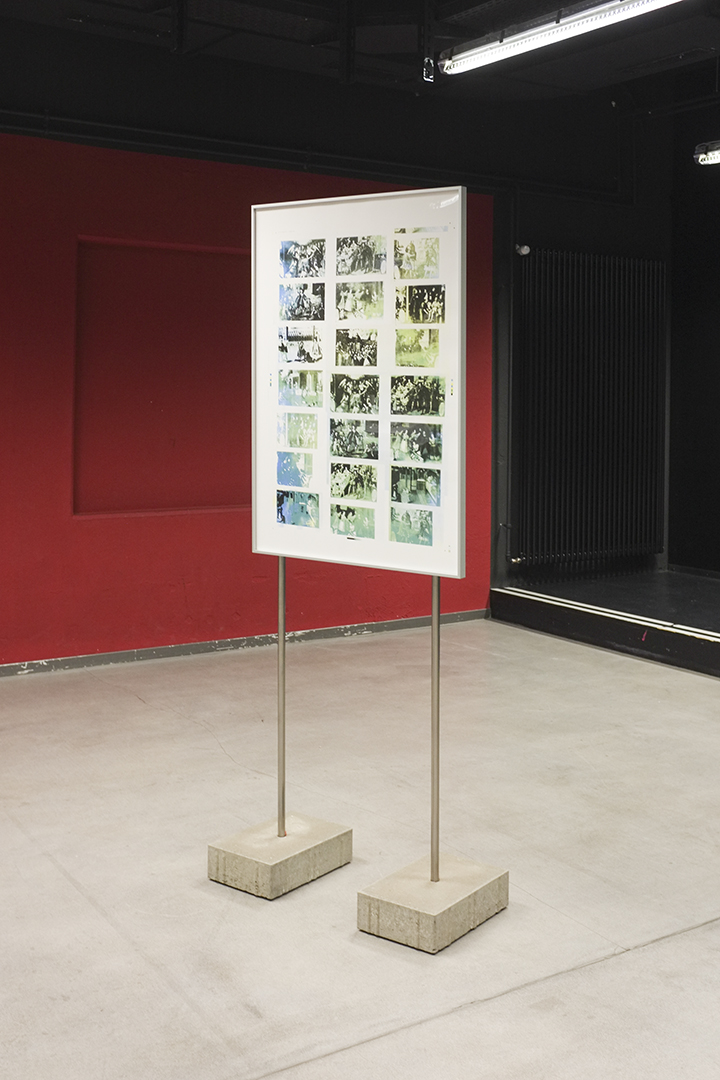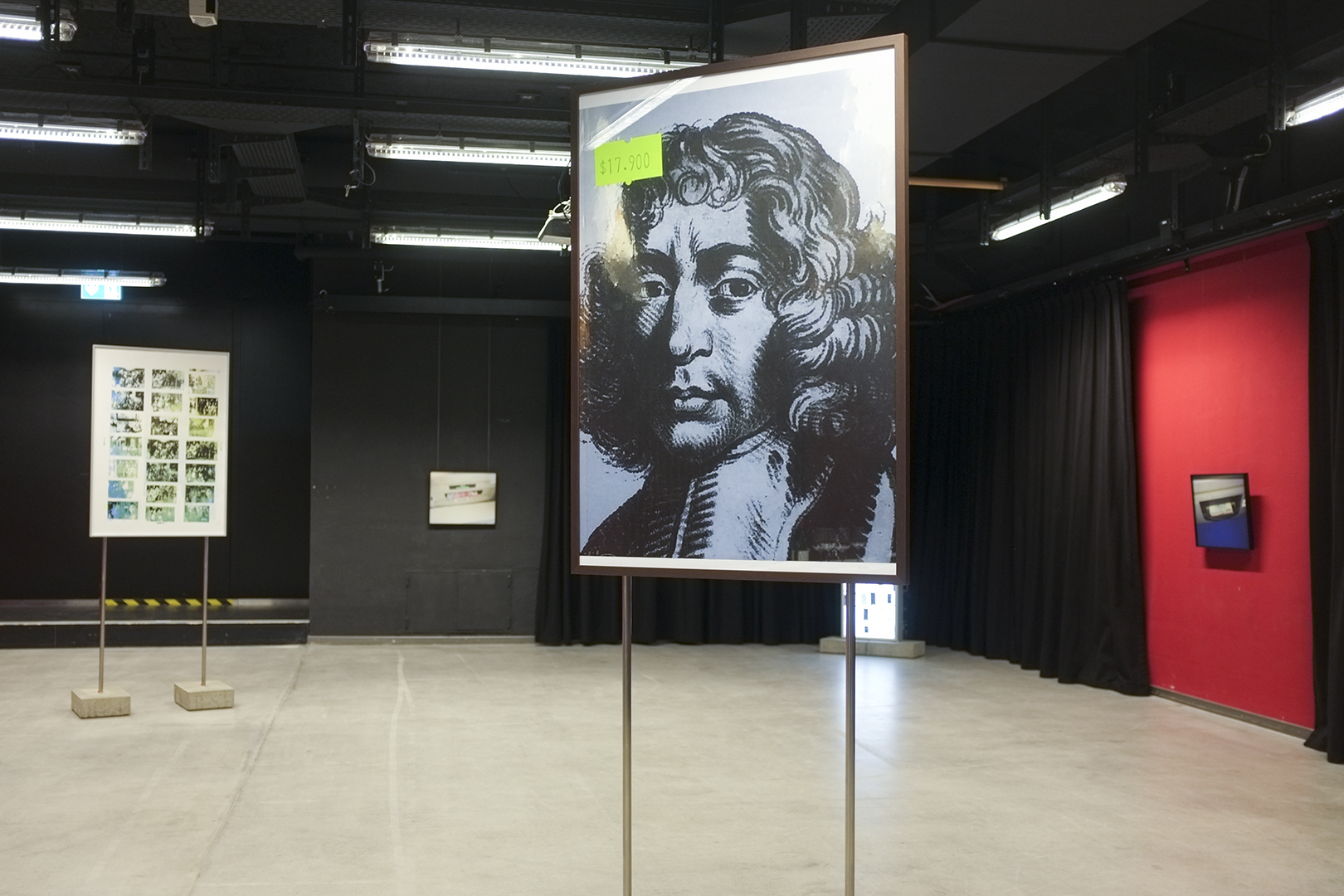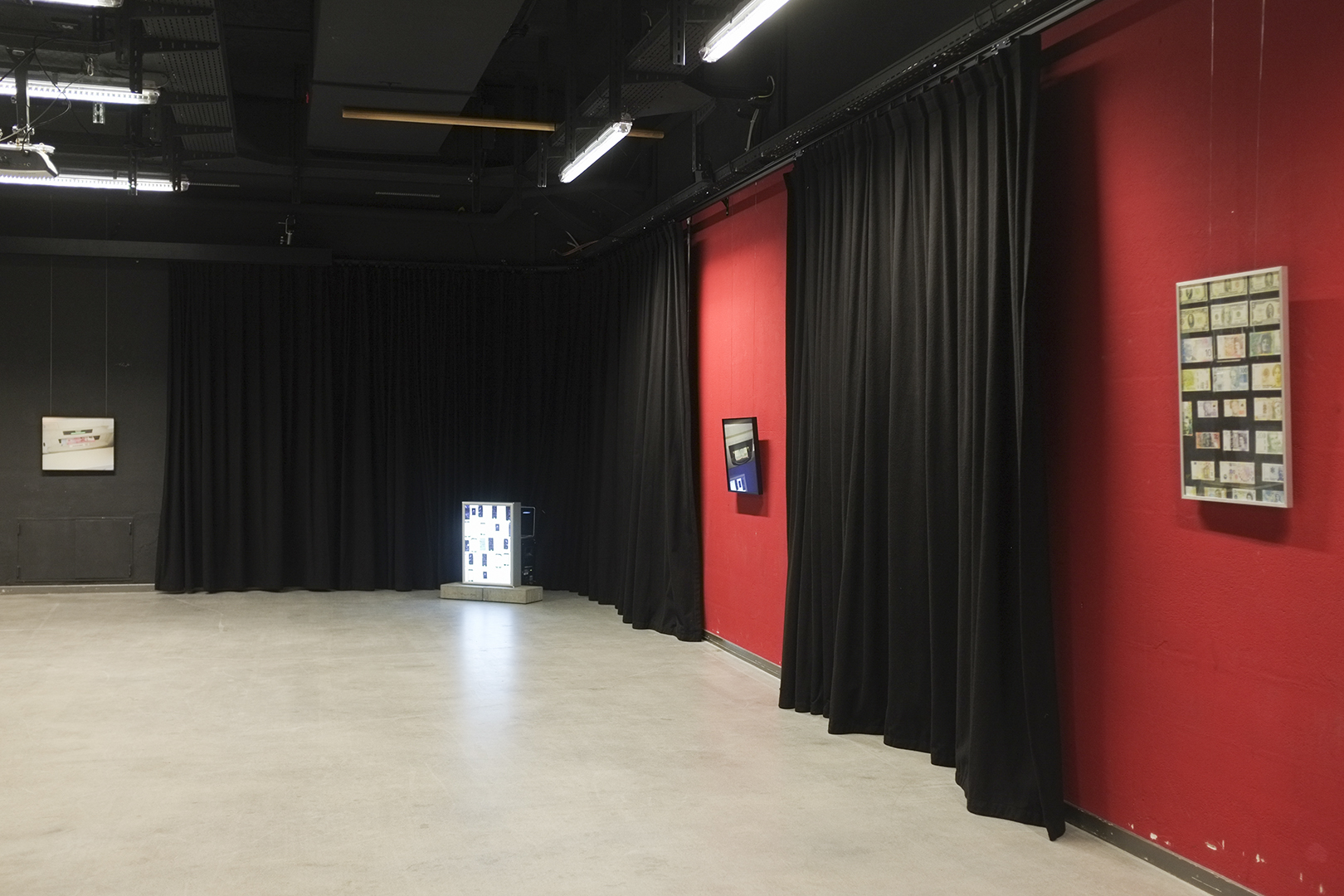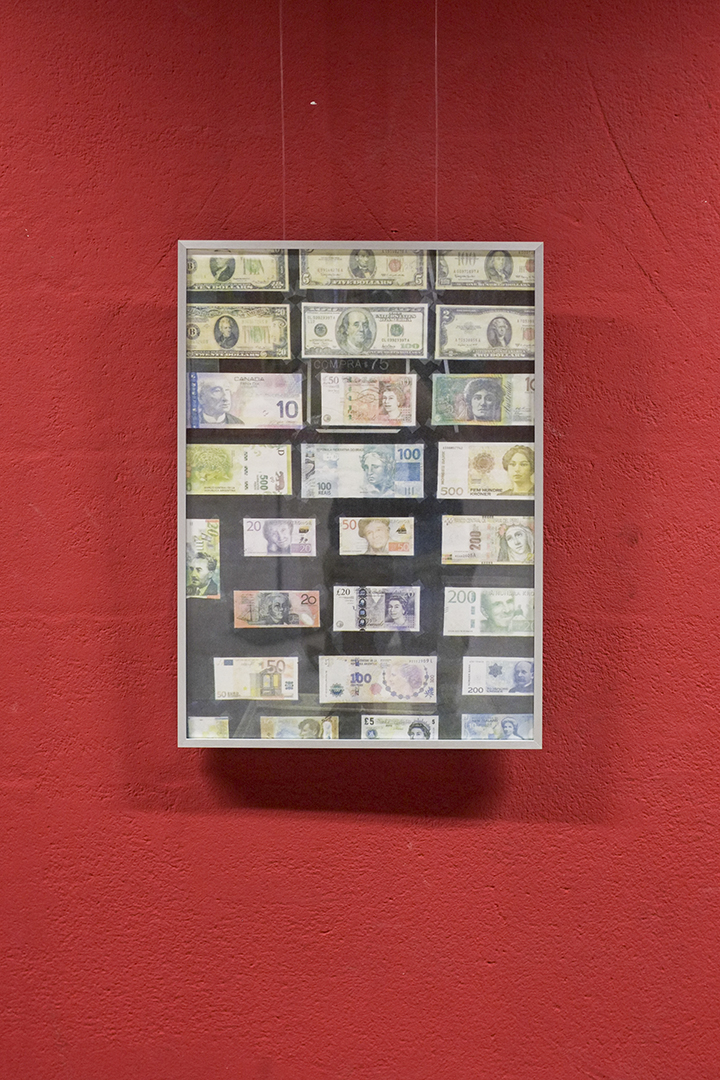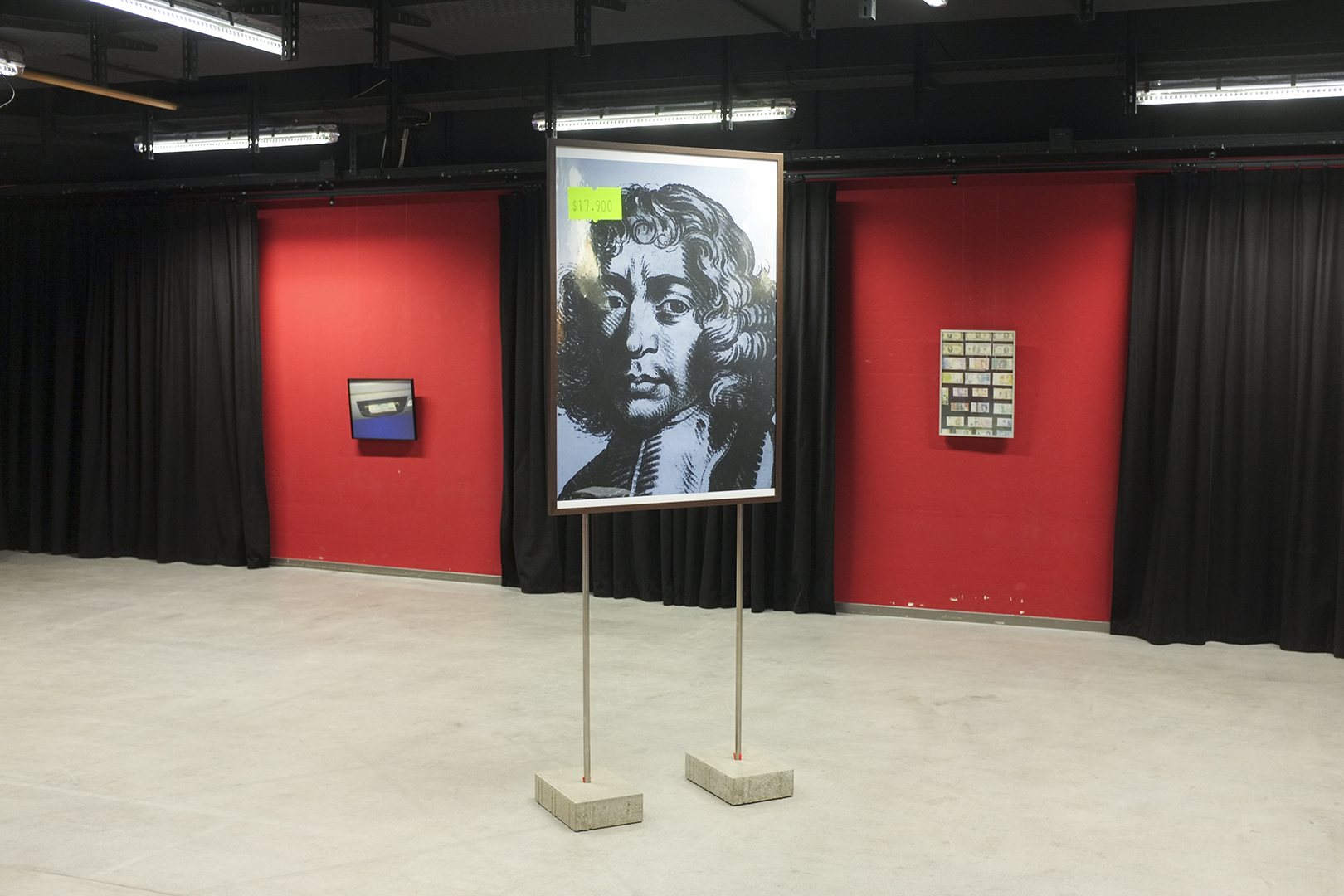2018. exposición individual en Dynamo Wasserwerkstrasse 21, Zurich, Suiza.
Proyecto financiado por la Asociación Mapa (http://mapa-art.org) y curada por Matthias Pfaller (http://matthiaspfaller.com).
#Flujodomestico por Matthias Pfaller:
"Flujo Domestico is the first solo exhibition in Europe by Chilean artist Nicholas Jackson (1983), showing us the “flow” of money which does not only encompass transactions in shops, but which is deeply rooted in Chilean macroeconomics and its neoliberal politics established by the Chicago Boys in the 1980s. Today, money is no longer the green, red, or blue paper, nor is it the plastic of credit cards or new bills, but instead moves in an invisible flow of capital and crypto currencies through fiberglass cables. What for us in Switzerland has become everyday life on our smartphones is, however, only a small portion of the worldwide flujo domestico. Jackson starts his journey where money continues to be visible, as it is the case in his hometown Viña del Mar. He shows us the sources of this flow, the ATMs, the DIY advertisements of its street markets, their fake, foreign, or unique goods, and not least the images of this economy.
Where money is still visible, it has no impact on world economics, however, where it digitally moves in large amounts from one account to another, it influences the lives of those who hold it in their hands. This marginal presence expresses itself in a language that is as universal at it is idiosyncratic. Venerated personalities on bills share the same physical and visual space as the part rough-and-ready, part skillful commercial signs in small shops in Viña’s neighboring town Valparaiso. Each of them tells the story of cultural values and personal dreams, of local politics and the global market, and marketing strategies. The language of the flujo domestico is vibrant, exceedingly heterogeneous, and the expression of all that speak it every day.
Jackson’s work is neither documentary nor investigative, his images are neither a mirror of reality nor an analysis of power structures. Instead, they illustrate a cross section of the “distributed form”, a concept of the English art theorist and philosopher Peter Osborne. In this sense, the manifestation of a thing is not confined to a specific medium or number of instances, but organically develops in potentially infinite repetition and remix".
